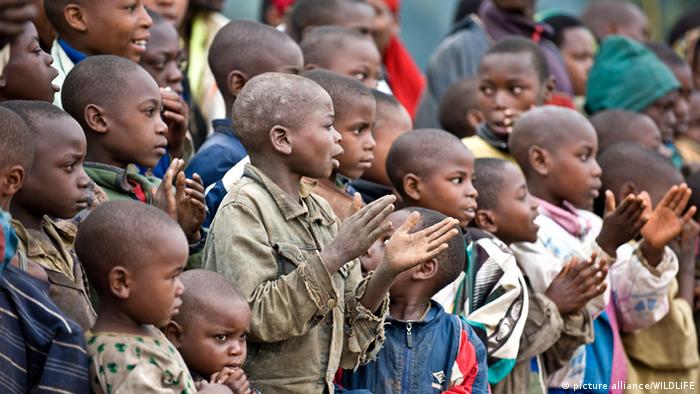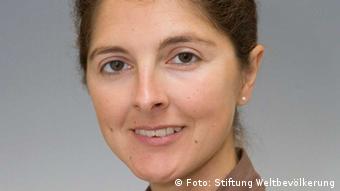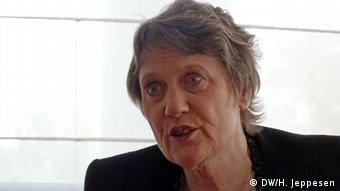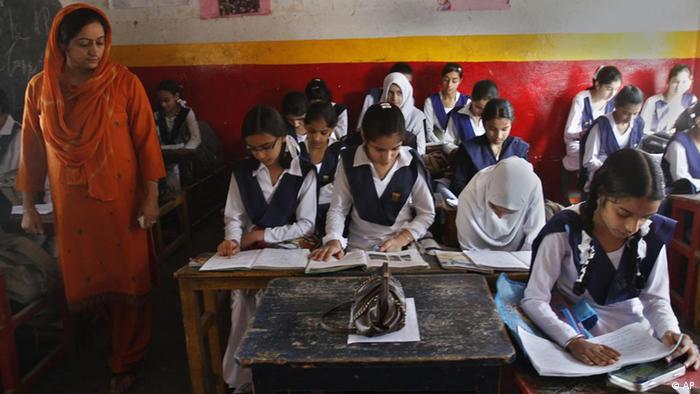Almost 11 billion people will be living on Earth by 2100, according to a UN report. Poor countries will see the fastest growth in population and face new challenges in dealing with the increased number of inhabitants.
Humans already consume more than half of the world's renewable resources. And pressure on natural resources will continue to increase as UN experts revised their forecast for population growth upwards by 250 million people. This means that by the end of the century there could be 11 billion people living on the planet. The current global population is 7 billion.
The highest population growth occurs in poor countries. The population in Sub-Saharan Africa will quadruple by 2100, according to current estimates by the United Nations Population Fund (UNFPA). The jump in the projected population is due to fertility in certain countries not dropping as expected, said Ute Stallmeister, from the German Foundation for World Population, an international development and advocacy organization. "Access to sex education and birth control, did not develop as we had hoped," she added.
Too few and too many children
Each year around 80 million women in developing countries experience unplanned pregnancies because they have no access to sexual education and birth control. The UN estimates that by 2100 the global population could reach 28.6 billion people if current growth rates do not decline.
At the same time, the population size in industrialized countries is shrinking. By 2050, the German population is predicted to drop by 10 million. "Considering that we already have a shortage of skilled workers, we definitely need more immigration from other countries in future," Stallmeister told DW.
Peace for poverty reduction
According to the report by the UN Population Fund, the countries with the fastest growth rates already have difficulties feeding their populations. Worldwide, key goods like water, energy and food are becoming increasingly scarce and more expensive.
At the same time, nations around the globe are confronted with the effects of climate change.
"If we advance human development while destroying the environment around us, then we have created another problem," Helen Clark, Head of the United Nations Development Program (UNDP), told DW
The most urgent tasks, Clark added, are adapting to climate change, developing social and ecologically sustainable economic structures, and instituting good governance and peace efforts.
"We will see in the course of the next 12 to 15 years the geography of poverty very, very much come to be confined to where there is conflict, a lot of armed violence, high disaster risk, low resilience, weak governance and fragile states," she said.
Ethiopia as a role model
Development needs to be sustainable and bring together environmental protection, social justice and economic development. And according to Clark that is possible. Ethiopia, she said, aims to be a middle-income country and carbon neutral by 2025, adding that "If one of the poorest countries on the Earth can have a strategy on lifting its human development and doing it in a way that is friendly to the environment, we have to get in behind this and see many more countries like Ethiopia with this ambition."
Clark also emphasized the need to invest more in women's education over the next decades, "Countries cannot reach their full potential if they cut out the girls and the women."
Youth as a chance
Stallmeister said she also sees education as a key area of focus, and she warned against focusing only on the negative sides of population growth.
"The large number of young people in these countries represents a big opportunity," she said. "The Asian tigers led the way - they invested in education and jobs at the right time. Young people were able to earn a living and move their countries forward."
It's a recipe African countries could aim to copy, she added, "That is what people hope for Africa as well. It is often referred to as the 'lion about to jump.'"
But before the African lion can actually take off, the problem of increasing population needs to be tackled, Stallmeister said.
"Girls or young women, who have gone for further education, have fewer children than women with lower education," she said.
Stallmeister said the best scenario for 2100 would be "a world without poverty, famine and misery." And it would be a world in which every woman has enough education to decide how many children she wants - if any at all. dw de





No comments:
Post a Comment